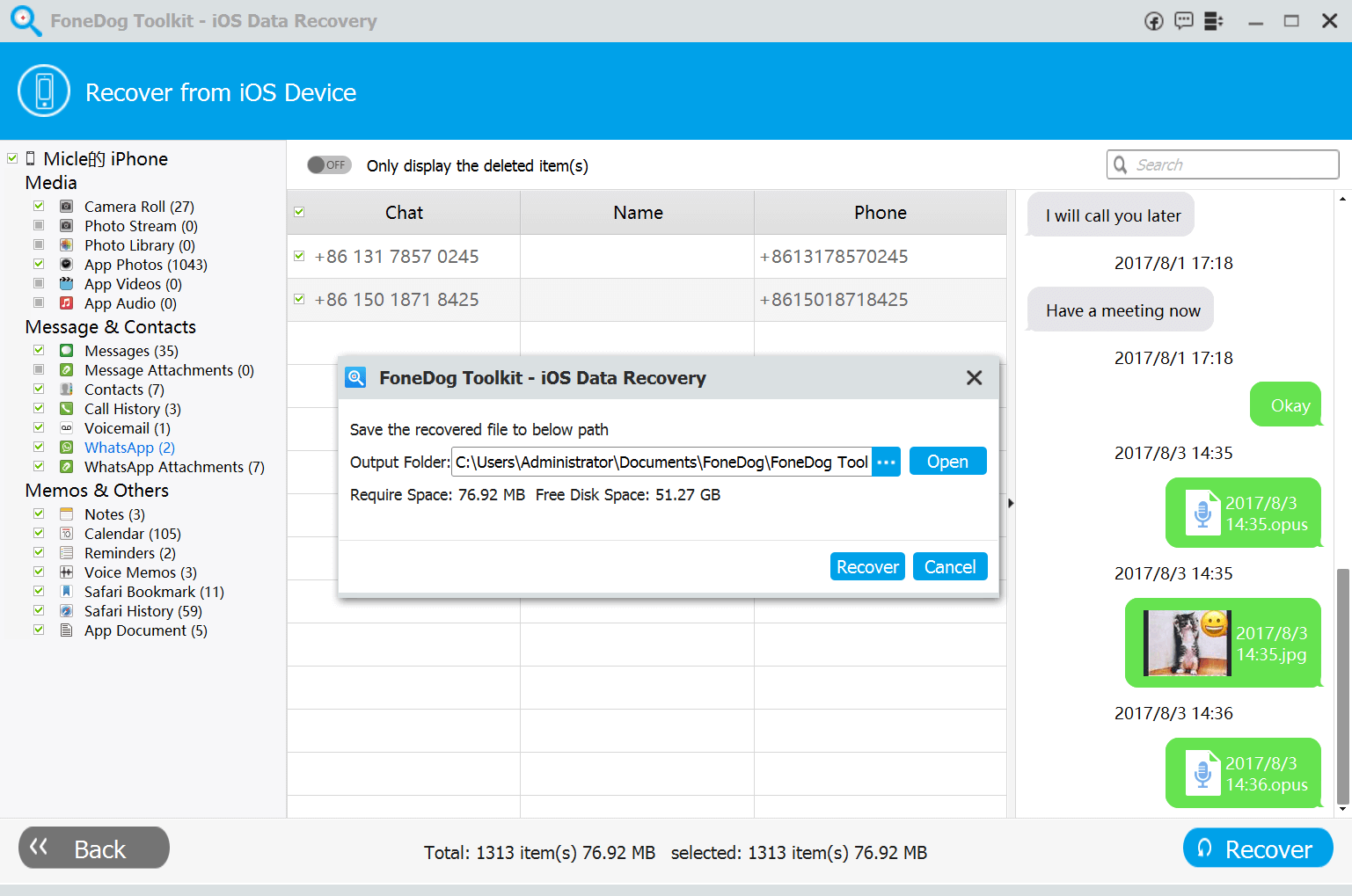

ICal also truncates some event titles in week and month views without any clue as to what you're missing ("Freelance payments due" becomes "Freelance"), and it won't incorporate any birthdays listed in your Address Book unless you use third-party software to import the dates.īut iCal's online calendar sharing makes this application worth the aggravation. (There's no "go to this date" command to avoid this catch-up routine.) ICal was also about the only OS X application whose window did not redraw itself in real time when I resized it. When I tried to jump four months ahead, I could watch as - February - each month slowly popped - March - onto the screen - April - to be replaced by the next - May. Text entered into iCal's search form took a moment to appear. On a theoretically swift 800-megahertz iMac G4, merely switching from day to month views involved a two-second penalty. The latter looks beautiful and offers two thoughtful features - the ability to create color-coordinated calendars for different categories and to share them online - but it is frighteningly slow. The application, however, seems a precision-engineered piece of software compared with iCal. This application capably stores all the usual details and then some - multiple postal and e-mail addresses, phone numbers, instant-messaging IDs, Web sites, and mug shots - but lacks such time-saving conveniences as text auto-completion and the flexibility to revise an address without first clicking an "edit" button. But the end product needs more time in the oven.Īddress Book, the oldest program of the bunch, shows what Apple must work on: speed, speed and speed. This design has a fundamental elegance and openness that's lacking in all-in-one solutions.
ISYNC SOFTWARE MAC
A third program, iSync, can keep that information up to date in multiple locations - a Palm handheld, a cell phone, an iPod, a second Mac and so on. Its Address Book and iCal are designed to share data with each other and with any other program that needs it. Apple Computer, however, is taking a different approach with a new collection of programs. The traditional remedy for this scenario is centralization: Put all your data in one all-purpose mail/address/schedule program, such as Microsoft Outlook, then buy a "smart phone" that combines a cell phone and handheld organizer. Reconciling them is as tedious and ultimately as futile as tax preparation - the work never goes away. Unfortunately, along the way these records have also split and multiplied.īetween e-mail and instant-messaging programs, Web mail accounts, cell phones, and second or third PCs, we can easily wind up with five or more distinct address books and almost as many calendars. This data now lives as a stream of ones and zeros in digital memory, simple to edit, back up and share. It couldn't hold much information and offered no way to back up its contents (short of a lengthy session at the Xerox machine), but it worked. Back in the pre-Palm, pre-cell-phone, pre-laptop era, I had only one address book and one calendar, in the form of a slim week-at-a-glance planner.


 0 kommentar(er)
0 kommentar(er)
